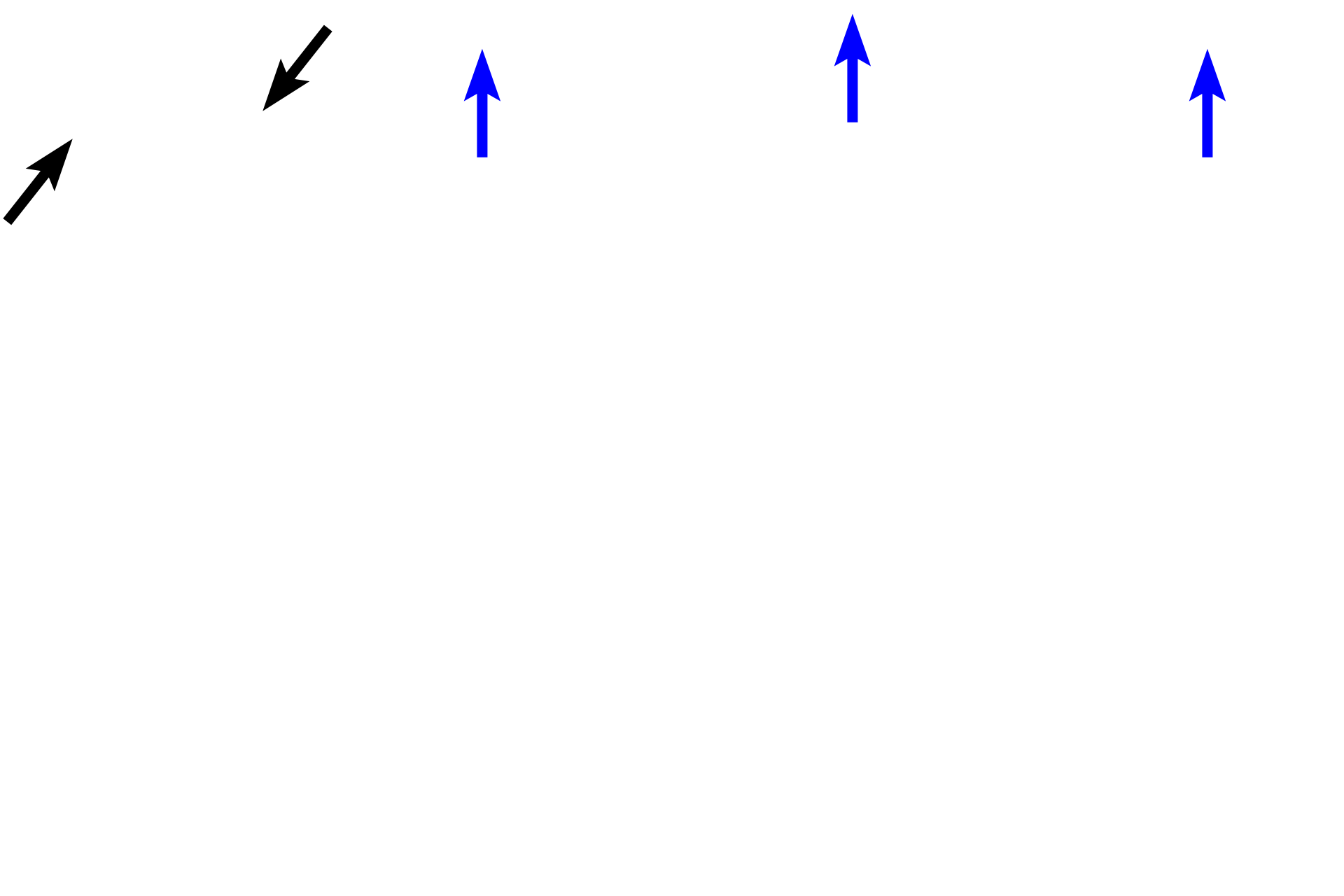
Spongy vs compact bone
Bone tissue is organized as spongy (cancellous) or compact (cortical) bone. Compact bone covers all exterior surfaces of a bone and forms the majority of the shaft (diaphysis) of long bones such as the femur. Spongy bone is located at the ends of the bone (epiphyses) and in the interior. 10X (top), 100x (bottom)

Spongy bone >
Spongy bone, also called cancellous or trabecular bone, forms a honeycombed structure composed of interconnected, microscopic bony spicules. The spaces between the spicules is filled with red marrow. Spongy bone fills the epiphysis and is also present in the marrow cavity.

- Spicules
Spongy bone, also called cancellous or trabecular bone, forms a honeycombed structure composed of interconnected, microscopic bony spicules. The spaces between the spicules is filled with red marrow. Spongy bone fills the epiphysis and is also present in the marrow cavity.

- Red marrow
Spongy bone, also called cancellous or trabecular bone, forms a honeycombed structure composed of interconnected, microscopic bony spicules. The spaces between the spicules is filled with red marrow. Spongy bone fills the epiphysis and is also present in the marrow cavity.

Compact bone >
Compact bone, also called cortical bone, is present as a thin shell over the surface of the epiphyses as well as forming a solid mass, comprising the shaft (diaphysis) of long bones.

- Epiphyseal bone >
A thin shell of compact bone covers the surface of the epiphysis.

- Diaphyseal bone >
Compact bone in the diaphysis is arranged either as flat, parallel sheets at the surface (upper region), or in concentric cylinders (Haversian systems) in the interior (lower region). Haversian systems are oriented parallel to the long axis of the bone.

Image credit >
This image was taken of slide in the University of Cincinnati collection.